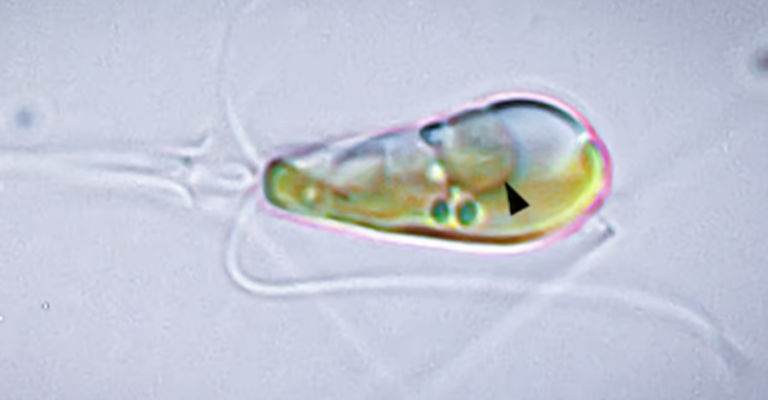Scientists have caught a once-in-a-billion-years evolutionary event in progress, as two lifeforms have merged into one organism that boasts abilities its peers would envy. Last time this happened, Earth got plants.
The phenomenon is called primary endosymbiosis, and it occurs when one microbial organism engulfs another, and starts using it like an internal organ. In exchange, the host cell provides nutrients, energy, protection and other benefits to the symbiote, until eventually it can no longer survive on its own and essentially ends up becoming an organ for the host – or what’s known as an organelle in microbial cells.
Imagine if kidneys were actually little animals running around, and humans had to manually filter their blood through a dialysis machine. Then one day some guy somehow gets one of these kidney critters stuck… Internally (who are we to judge how?) – and realizes he no longer needs his dialysis machine. Neither do his kids, until eventually we’re all born with these helpful little fellas inside us. That’s kind of what’s happening here.
In the 4-billion-odd-year history of life on Earth, primary endosymbiosis is thought to have only happened twice that we know of, and each time was a massive breakthrough for evolution. The first occurred about 2.2 billion years ago, when an archaea swallowed a bacterium that became the mitochondria. This specialized energy-producing organelle allowed for basically all complex forms of life to evolve. It remains the heralded “powerhouse of the cell” to this day.
The second time happened about 1.6 billion years ago, when some of these more advanced cells absorbed cyanobacteria that could harvest energy from sunlight. These became organelles called chloroplasts, which gave sunlight-harvesting abilities, as well as a fetching green color, to a group of lifeforms you might have heard of – plants.
Continue here: New Atlas
Ask me anything
Explore related questions





